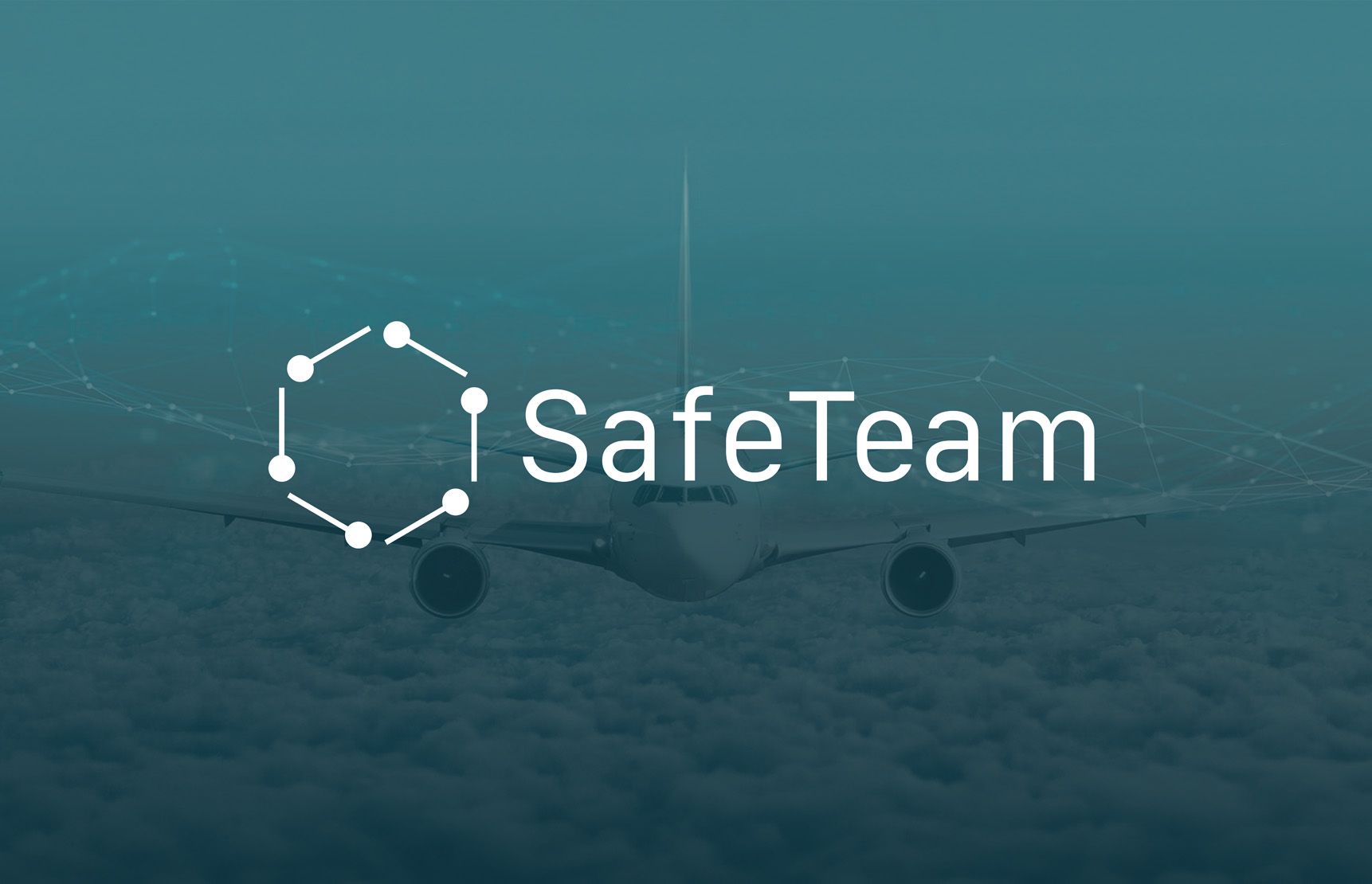
Hydrogen-powered aviation challenges and how they link to data science
Clara Argerich
Following the Paris Agreement and the European Green Deal, all flights departing from EU, UK and EFTA are expected to have net zero emissions by 2050 [1] . Decarbonisation in aviation is to be achieved by means of improved technologies, optimised air traffic management and renewed fleets, among other solutions. Using hydrogen for powering aircrafts may prove to be the most innovative technology on the horizon. The hydrogen is used in two ways: powering fuel cells in electric planes and, in fewer cases, directly as fuel. Fuel cell-powered aircrafts are based on electrical engines, so they are meant to cover short-haul routes. On the other hand, hydrogen turbines have the potential of powering long-haul routes.
Hydrogen turbines have few carbon emissions, as pure hydrogen is burnt along with oxygen present in the air. As combustion produces no carbon compounds, water vapour and NOx (nitrogen is present in the air) are the only emissions. According to analysis presented in [2] ‘Hydrogen-powered aviation. A fact-based study for hydrogen technology, economics, and climate impact by 2050′ hydrogen turbines have the potential of reducing carbon emissions by 100%, NOx by 50-80% and contrails by 30-50%.
However, introducing hydrogen turbines into aviation has proven to be very challenging. In terms of infrastructure, there is no large hydrogen infrastructure deployed; in terms of production and storage, existing plants need to scale up if a larger market is to be built around hydrogen. Regarding aircrafts themselves, hydrogen properties are quite different compared to those of carbon or biofuels—hydrogen presents very high energy per kg but very low energy per volume. So, flying the same distance as a conventional aircraft, a hydrogen-powered aircraft will need less mass of fuel (hydrogen) but greater volume. This is a great structural challenge as hydrogen powered aircrafts will need larger bodies to allow higher storage volume. In sum, the two main challenges ahead are the scale up of hydrogen production, storage and distribution, and the design and development of new aircrafts.
As popular as they are, how can artificial intelligence and data science play a role in the development of hydrogen technologies?
Artificial intelligence has proven to be vary valuable in the industry, especially in its introduction of the concept of a digital twin. A digital twin is a virtual copy of an asset that relies on physical models and data to emulate asset behavior. With this virtual twin, one can simulate different scenarios that will help optimise processes, among others. From batteries to airports, everything can have a digital twin [3] [4] [5]. This technology allows us to implement new ones in a safe, calculated manner by first simulating different scenarios with the digital twins. Digital twins are beneficial in terms of development time and implementation.
Regarding data science itself, one field that is very relevant in the development of new technologies is the Smart Data paradigm [6] [7]. With new technologies, data may be less accessible, thus limiting the implementation of big data techniques. With scarce amounts of data, smart data techniques can aid those same technologies that usually rely on large amounts of data. A smart generation and storage plan of data ensures that we have access to the maximum of information with the minimum of data. This is crucial when designing new technologies, as an optimized simulation/testing plan that allows proper data analysis is mandatory for reducing development time.
Data science is key for enhancing the development process of these new hydrogen-based technologies as it can be used to optimize design and reduce development time. All things considered, we are facing an exciting and challenging future in aviation in which all fields need to come together in order to decarbonise aviation.
————-
References
[1] Paris Agreement. https://ec.europa.eu/clima/policies/international/negotiations/paris_en
[2] Hydrogen-powered aviation. A fact-based study for hydrogen technology, economics, and climate impact by 2050 https://www.fch.europa.eu/sites/default/files/FCH%20Docs/20200507_Hydrogen%20Powered%20Aviation%20report_FINAL%20web%20%28ID%208706035%29.pdf
[3] Improving airport decision making with the Digital Twin concept https://www.internationalairportreview.com/article/101388/digital-twin-concept-data-airport-operations/
[4] How Digital Twin technology can enhance Aviation https://www.rolls-royce.com/media/our-stories/discover/2019/how-digital-twin-technology-can-enhance-aviation.aspx
[5] Design of a Hybrid Digital-Twin Flight Performance Model Through Machine Learning https://www.researchgate.net/publication/329443995_Design_of_a_Hybrid_Digital-Twin_Flight_Performance_Model_Through_Machine_Learning
[6] Design with industry 4.0 – Priorization of sensor data for a smart data driven product development process https://www.researchgate.net/publication/326069224_DESIGN_WITH_INDUSTRY_40_-_PRIORIZATION_OF_SENSOR_DATA_FOR_A_SMART_DATA_DRIVEN_PRODUCT_DEVELOPMENT_PROCESS
[7] Smart Design Data Is Essential for Industry 4.0 Manufacturing https://design.iconnect007.com/index.php/article/117173/smart-design-data-is-essential-for-industry-40-manufacturing/117176/?skin=design


